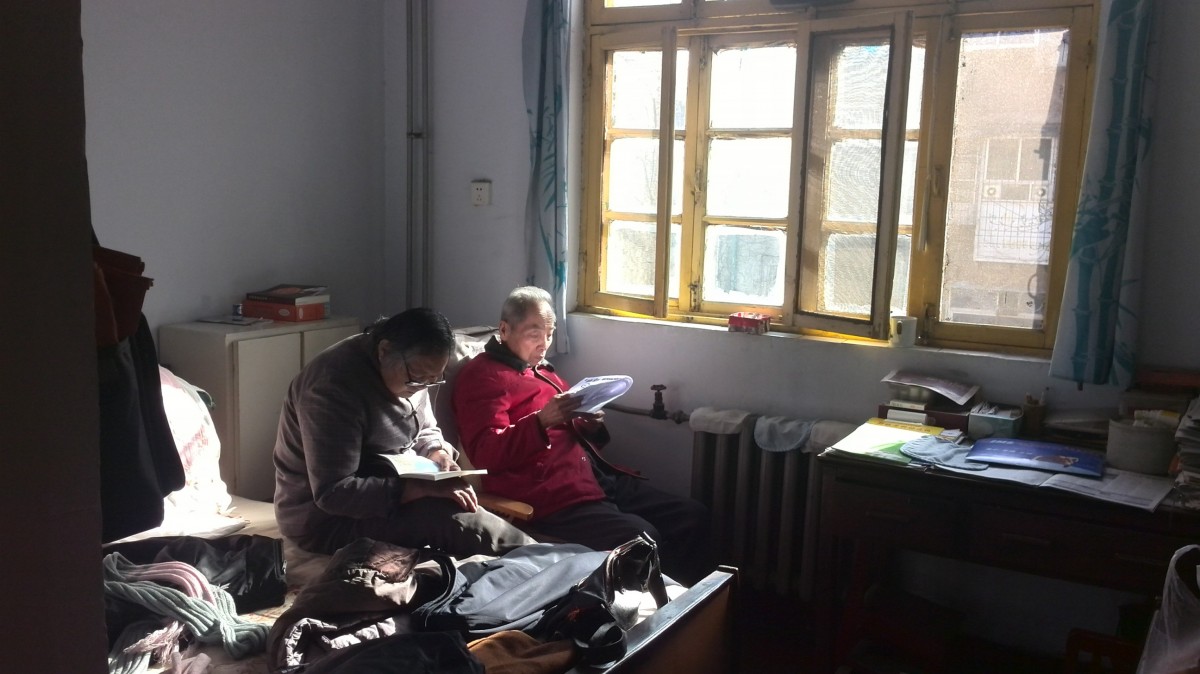2 de julio de 2019
Reading and Life Experience
Lidia Valencia
“Leer sirve para proyectar un poco la belleza sobre lo cotidiano,
para dar un trasfondo poético a la vida, para trazar historias que tal vez
no se realizarán jamás, pero que son una parte de sí mismo” (Petit, 2014, p.54)
There is no doubt that teachers and agents of reading invest time and energy planning activities to involve students in an emphatic reading process to encourage them to become autonomous readers. Furthermore, it is more complex that other members of the educational community embark on this process of building emotions, joy, and life knowledge, emerged from reading, and turn to be part of that “acto de creación permanente” (Pennac, 1992, p. 24).
This was the experience of La Venta rural school community, who improved their reading habits through the traveling library. It was evident that the true concept of reading excelled decoding. Reading is not understood as a plain process that allows decoding a text, but rather as an experience in which its interaction with the text, and from the discovery of what a story conveys, we can construct a new one emerged from reality itself; one that can tell us that reading is a reality, life, and part of our nature.
In essence, this is what it is achieved, to go beyond people’s life, to touch people’s feelings with each one of the stories, and extract from the bottom all things intended to be said; perhaps, those not expressed, or despite being felt could not be said, anyway.
Es apoderarnos tranquilamente de los textos, sin ni siquiera pensarlo, a tal punto que lo que está en nosotros pueda expresarse hacia fuera, a tal punto que estamos a la búsqueda de ecos de lo que vivimos de manera confusa, oscura, indecible y que a veces se revela, se explicita luminosamente se transforma gracias a una historia, un fragmento o una simple frase. Y tal es nuestra sed de palabras, de relatos, de formatos estéticos, que a menudo imaginamos descubrir un saber a propósito de nosotros mismos haciendo desviar el texto a nuestro capricho, encontrando allí lo que el autor nunca hubiera imaginado que había puesto. (Petit, 2014, p. 56)
This is all what reading triggers in those who manage to have a different experience with the text; an experience that allows them to immerse themselves in that world painted with words, gifted with life; that life that has been given by the magical creator of the text, the author.
From that experience I want to share a couple of dissertations with my colleagues, which may be relevant in their academic life, just about how to promote reading with real meaning and with a focus that involves the whole educational community.
Firstly, it is necessary to go to daily life, break normal activities and burst out with the presence of good texts that manage to harmonize the range of daily activities, and add new ones decorated with a story that connects thoughts, experiences and shines thousands of emotions revealed. Bringing a book to those places where readers have not been discovered is the best experience occurred to the author because his newly discovered reader feels important, cared, and feels that the book is looking for him and has wonderful things to tell him about. Readers should not be taken out of their context; the fact is finding lots of reasons to feel important, to be actors. It is to give them the possibility to continue looking for emotions, realities, and experiences in the background of the story.
Having the option of reading with the family not only strengthens ties, but also shows possible ways to live, to find the way to solve conflicts, and what is more important, to get to know each other much better. The spaces where families share reading allow them to discover that there are other possibilities to have fun, while discovering new worlds through readings. Furthermore, each member of the family plays new roles; children become important in their parents’ reading, as they act as reading promoters; parents understand the importance of children, and feel able to teach them. Thus, they feel proud of them.
Likewise, strengthening ties with neighbors makes reading pleasant and fosters the expression of hidden feelings, and revive experiences shared. The content of the texts allows readers to externalize repressed emotions, even to expel deep-seated emotional pains, through the comments and reflections that the readings give rise to.
In this path, we encourage readers to be actors in their own reading processes, since they are the ones who select the texts to read, with the characteristics they consider relevant. They manage their reading time according to their daily life, use the strategies they consider appropriate and above all, make the book a present companion, in which little by little they rely on the book for each teaching to keep that magic relationship with real life, with their own lives, and also for allowing them to be together and enjoy countless moments.
_____________________
References
Pennac, D. (1992). Como una Novela. Bogotá, Colombia: Grupo Editorial Norma.
Petit, M. (2014). Leer el mundo. Experiencias actuales de transmisión cultural. México: Fondo de Cultura Económica.


